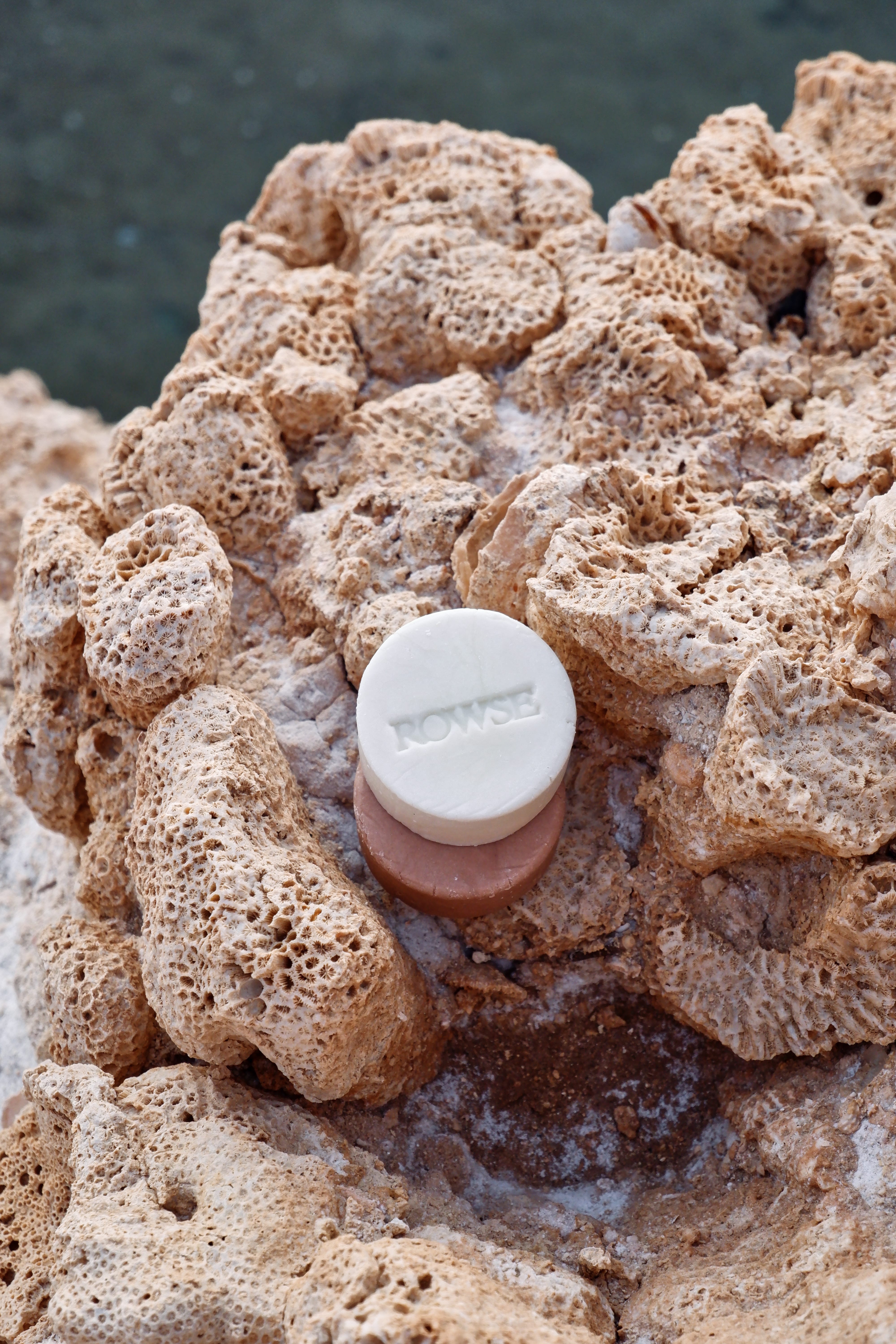The conferences took place in Sharm el Sheikh, an exclusive resort-town on the southern tip of the Sinai Peninsula. With luxury hotels, lush vegetation and countless pools, it’s anything but sustainable. Instead of staying there, we decided to head over Ras Mohammed National Park, one of the Red Sea’s most amazing natural areas. An underwater garden with over 200 species of soft and hard corals
We stayed at the Bedawi Camp, an eco-camping set on one of the most beautiful bays in the area. Right there, it’s just a fossils desert and a whole coral reef. We met Hala Barakat, an Egyptian botanist attending COP27. A member of the scientific group that has been helping to protect the park since the 1980s, she was staying at Bedawi Camp because it was far more environmentally sustainable than any hotel in Sharm. There was no artificial light, no internet, the toilet was ecological, no running water and no food options –meaning that you can only eat what the Bedouins provide you, which is somehow a blessing in contemporary life.









